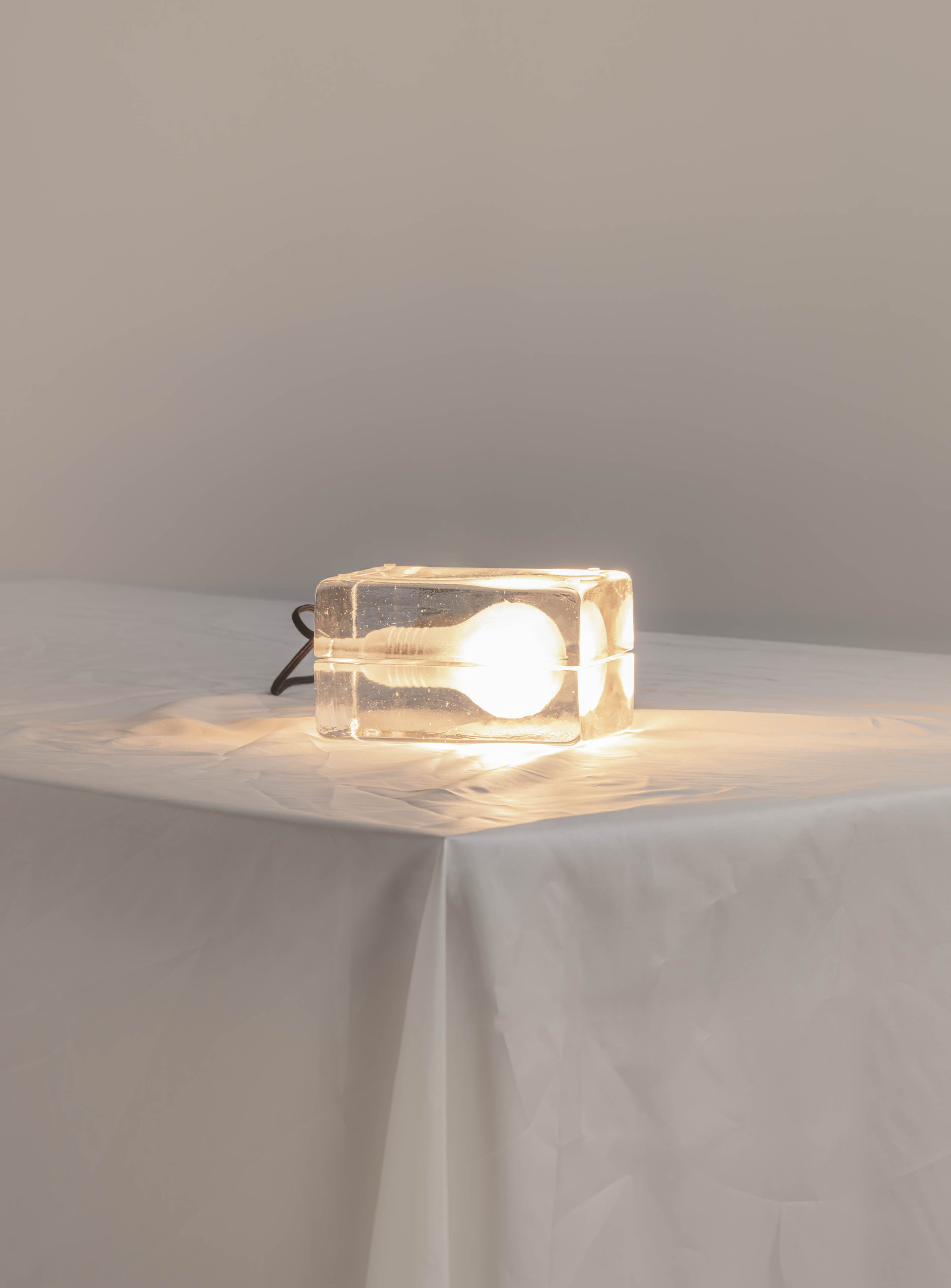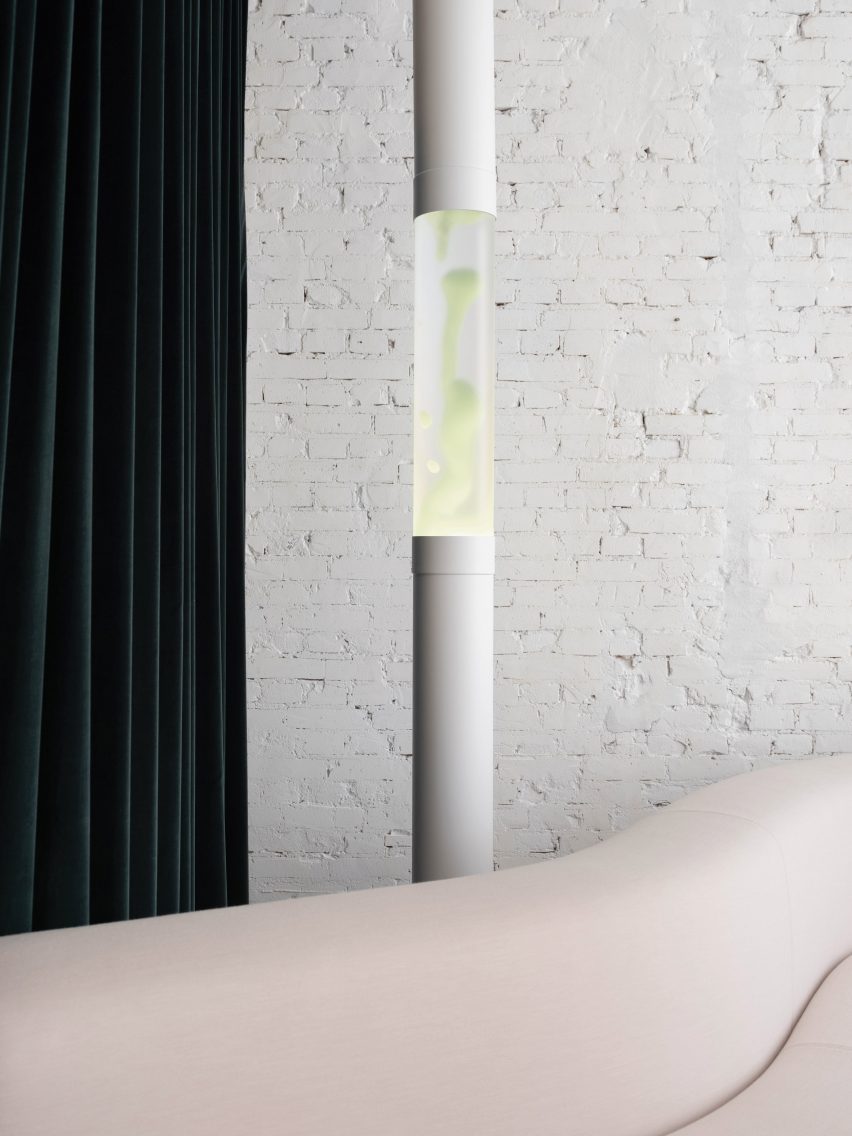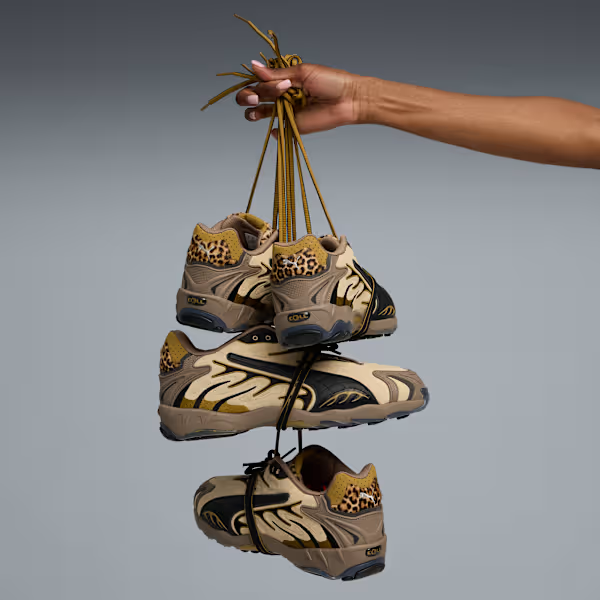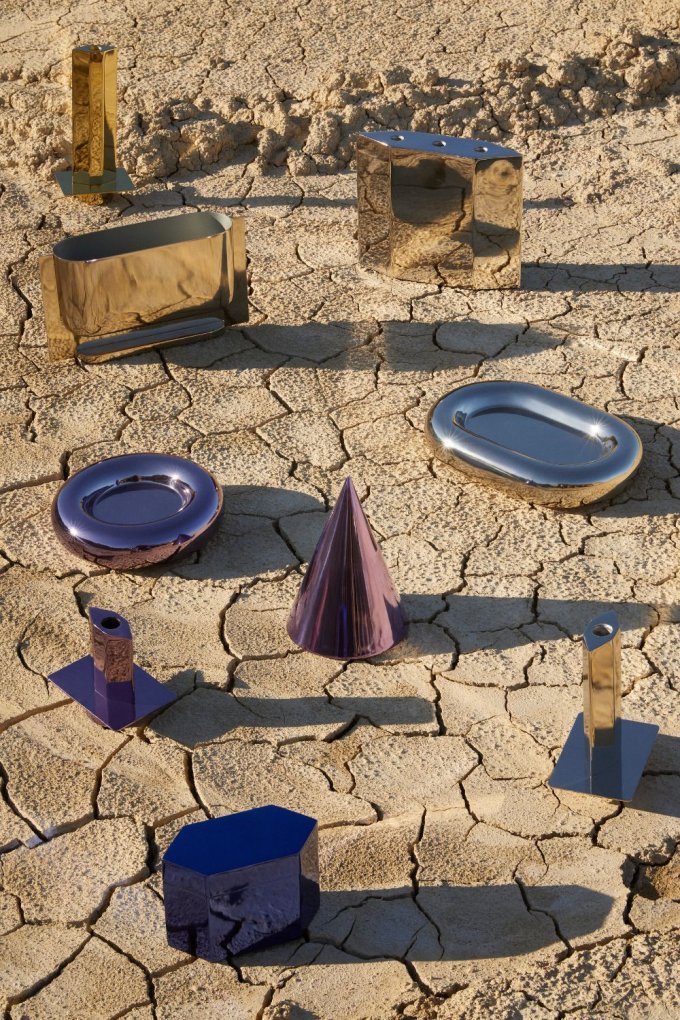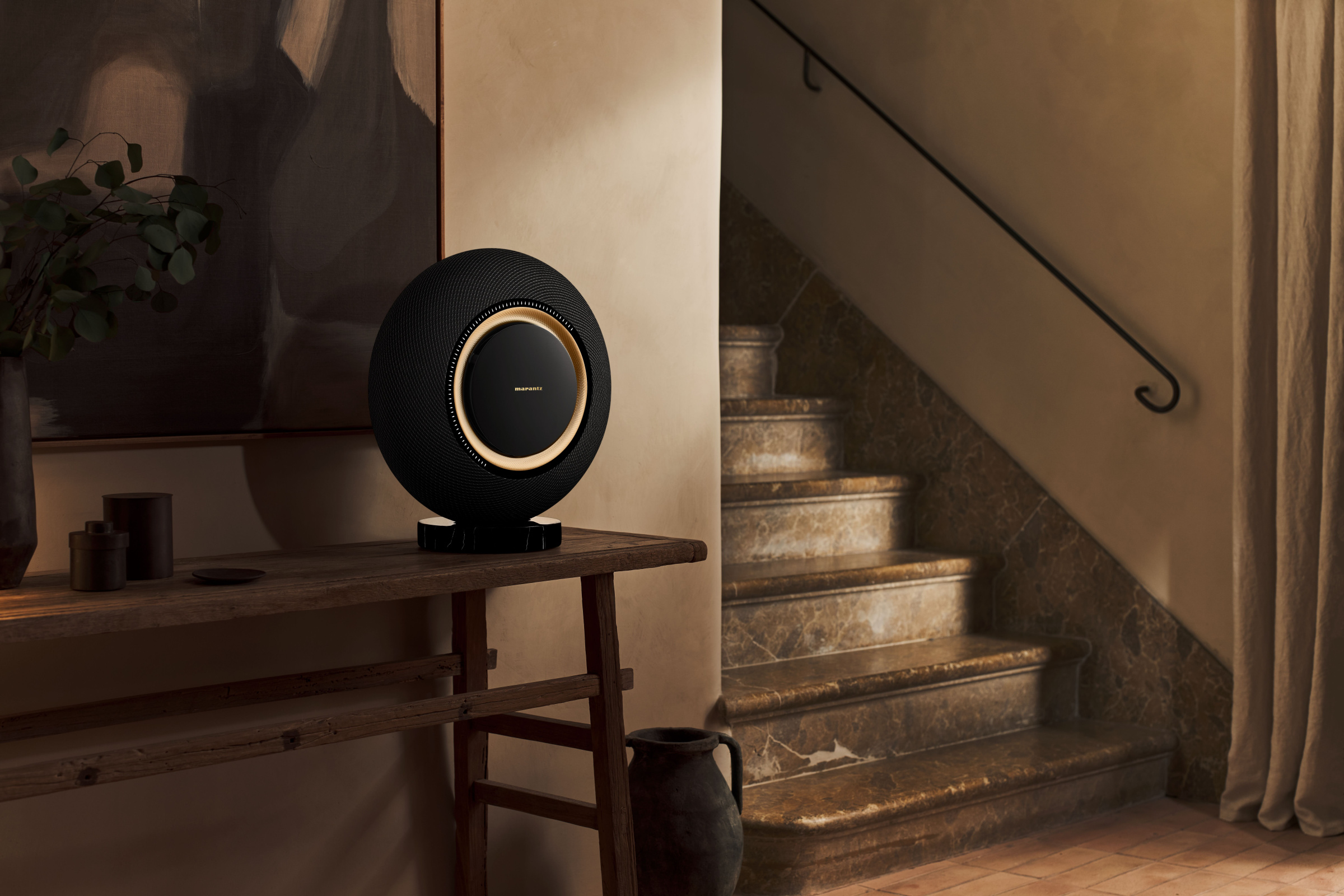By embodying the soft curves, textures, and skin-like hues of the human body, these designs bear witness to our inherent vanity as a species as we revel in and celebrate the beauty that is uniquely ours.
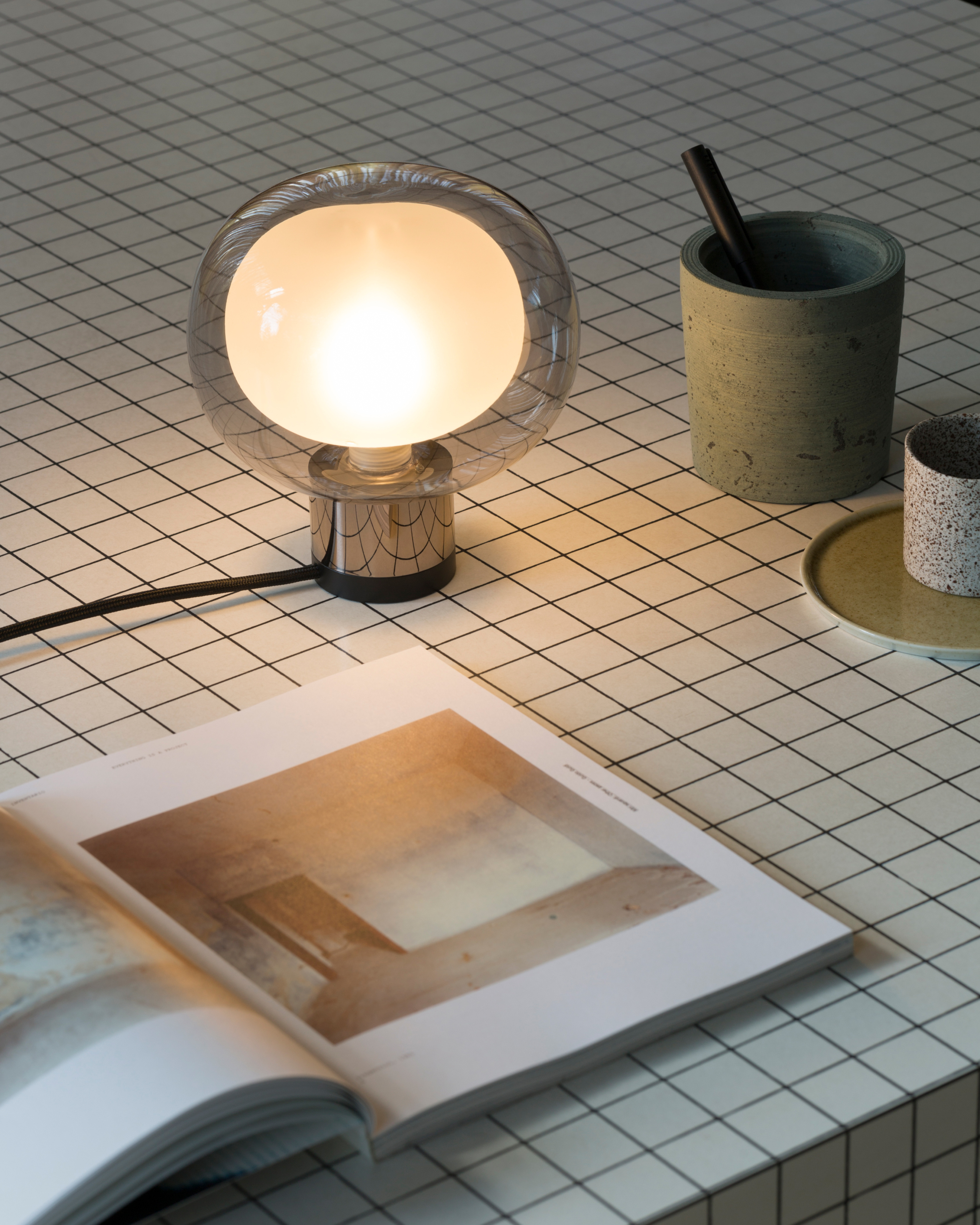
Photo courtesy of TOOY
← Nabila Table Lamp, TOOY
Is it light, is it matter, is it… alive? The Milan-based design and architecture office of Corrado Dotti designed the Nabila Table Lamp for TOOY with the 1950s in mind—sophisticated, elegant, and with a hint of fascination with the otherworldly. The luminous body of light surrounded by smoked borosilicate glass perches upon a metallic base. The delicate curves and contours create an intimate ambience that reflects Corrado’s practice of designing simple and elegant products for contemporary homes.
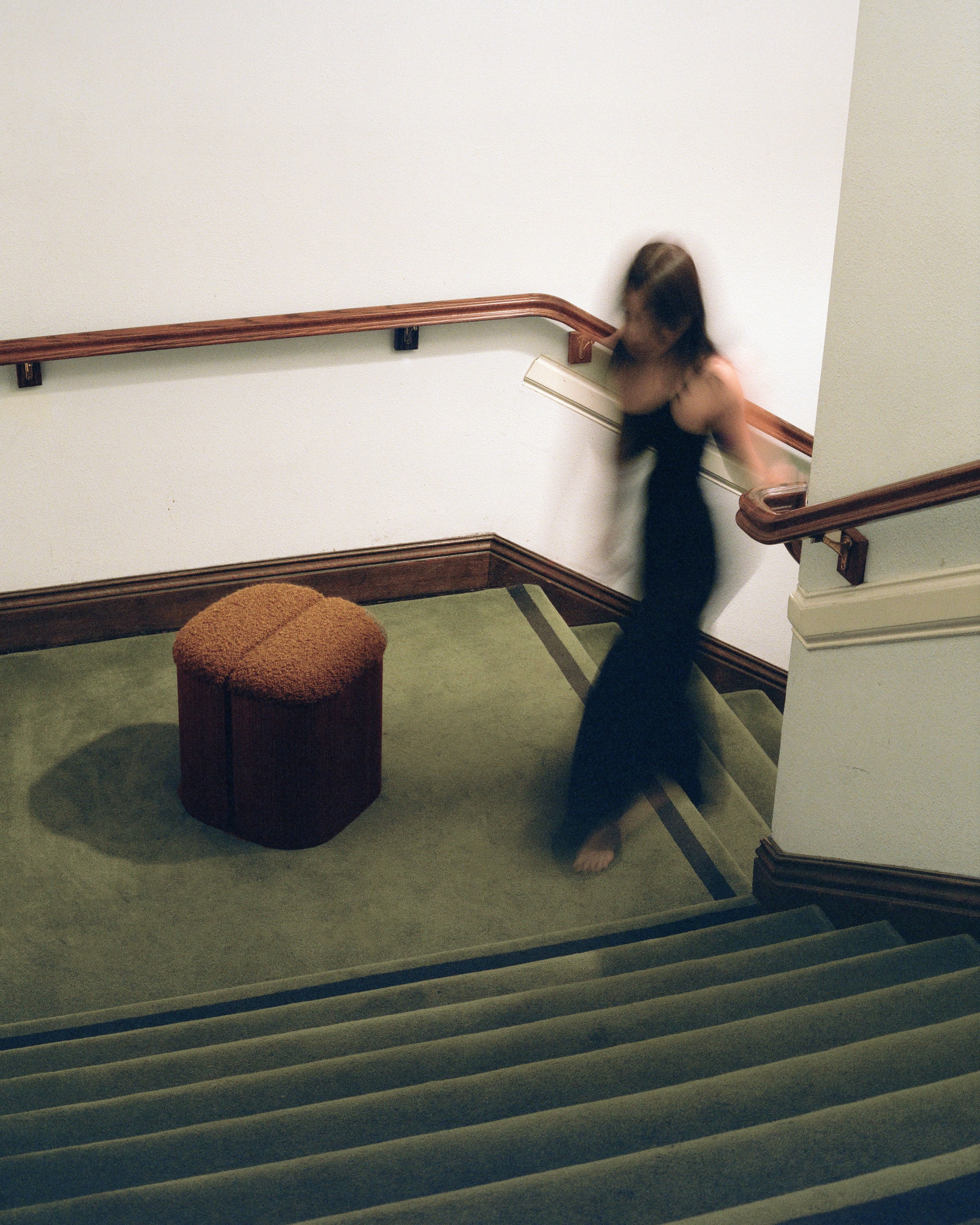
Photo courtesy of Estudio Persona
← Aire Stool, Estudio Persona
Uruguayan designers Emiliana Gonzalez and Jessie Young met in Los Angeles, where they formed Estudio Persona to make classic objects with an unconventional flair—like the sultry stool Aire. “The Aire stool continues the line of our work, having a graphic and sculptural presence while at the same time being warm and feminine,” Emiliana says. “In this piece we explored the balance of intermission and continuity—aiming to create tension between shapes and using a void space to freely let the mind connect the pieces.” $2,800
→ Bow Chair, Vonnegut/Kraft
The couple Katrina Vonnegut and Brian Kraft designed the Bow chair for the Egg Collective “Mothers” exhibition. “The work we create is rooted in organic forms that relate to the human body and nature, but it’s an abstraction of these observations,” Katrina says, referencing the way the Bow chair grows from itself, curving outward like cupped hands. “With everything that we design, we like to have the material surprise you with what it can do and how it reveals itself in its form.”
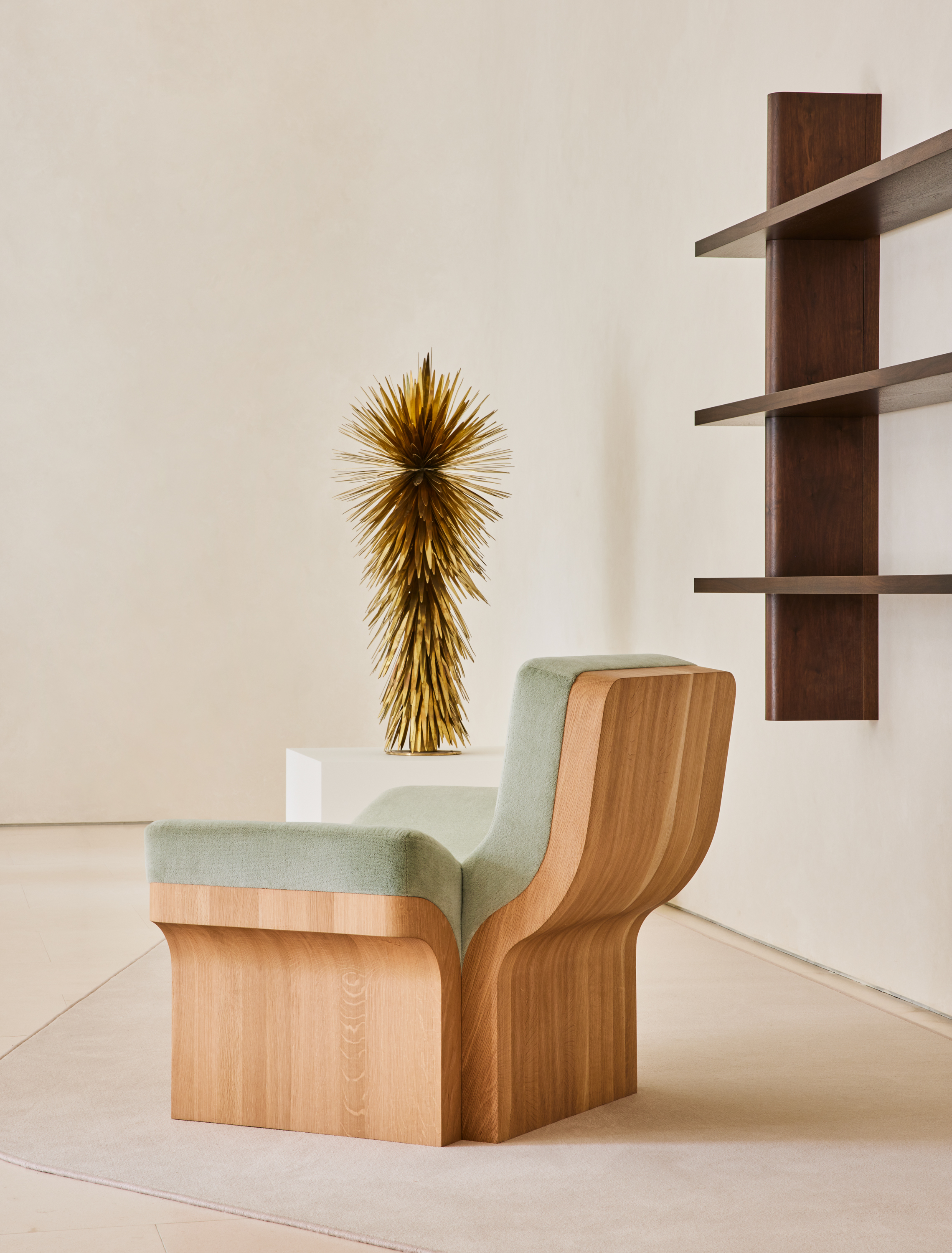
Photo courtesy of Vonnegut/Kraft
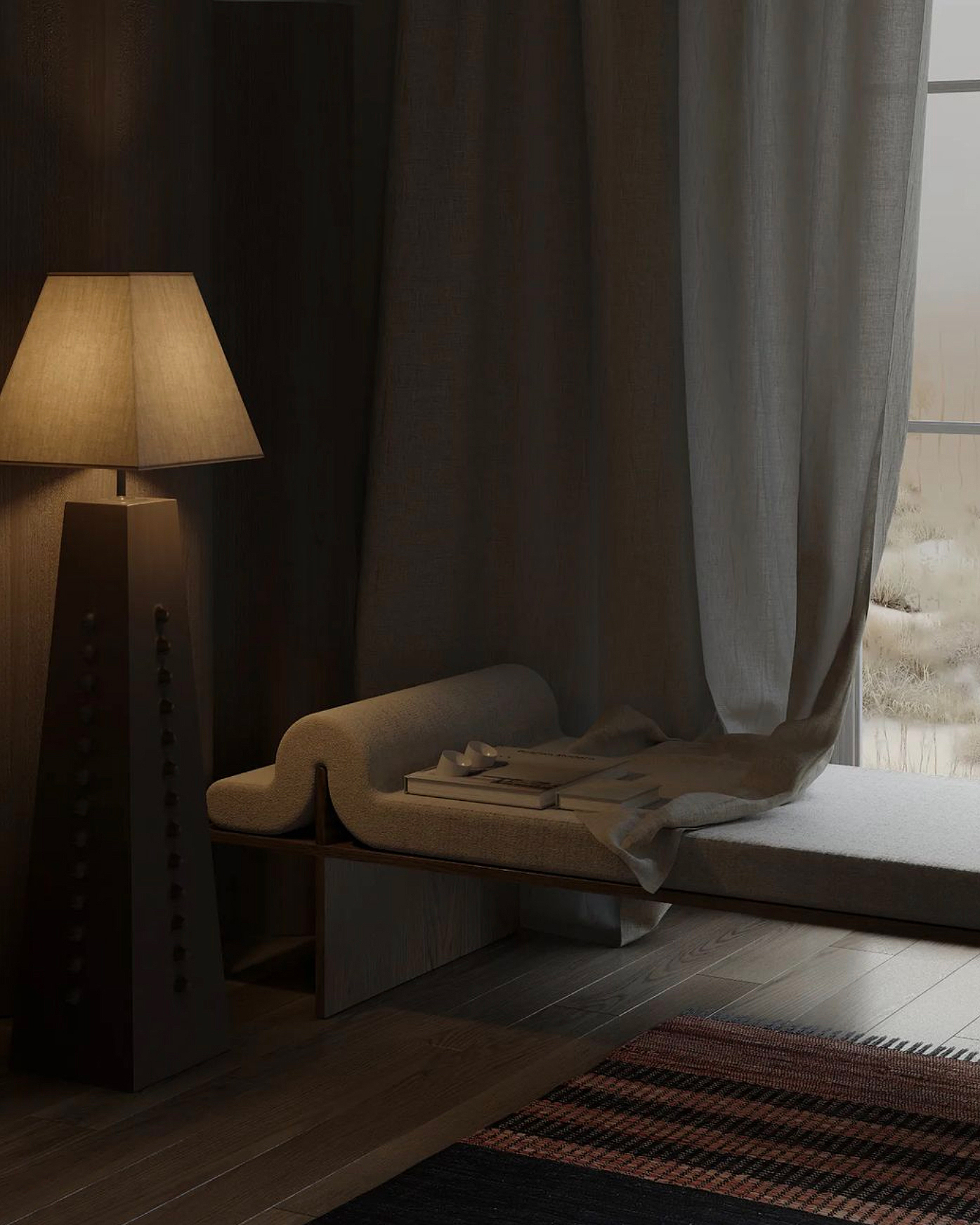
Photo by Charlie Schuck
← Melt Daybed, Bower Studios
New York City’s Bower Studios designed the Melt daybed in response to the collective anxiety of the pandemic. “Energy is contagious, so we strived to give inanimate objects the energy of softness, calmness, and relaxation in the hopes that these characteristics tied into their forms would rub off on people, bringing them closer to center,” says Bower Studios cofounder Danny Giannella. The slumping cushions droop from the wooden frames, reflecting the human form relaxing into gravity’s pull. $9,850
→ Moire Vase, ferm living
Scandinavian design has a reputation for clean, honest materials and neutral tones—but Ferm Living gives them a twist, literally, with curving shapes inspired by the natural world. The Moire vase, derived from the French word for “watered,” combines the organic and geometric, the natural and technological. Its 3D-printed clay body consists of thin horizontal layers that ripple softly across the vase’s graceful, curving body, revealing the manufacturing process in a way that stays true to its watery inspiration. $179

Photo courtesy of ferm living
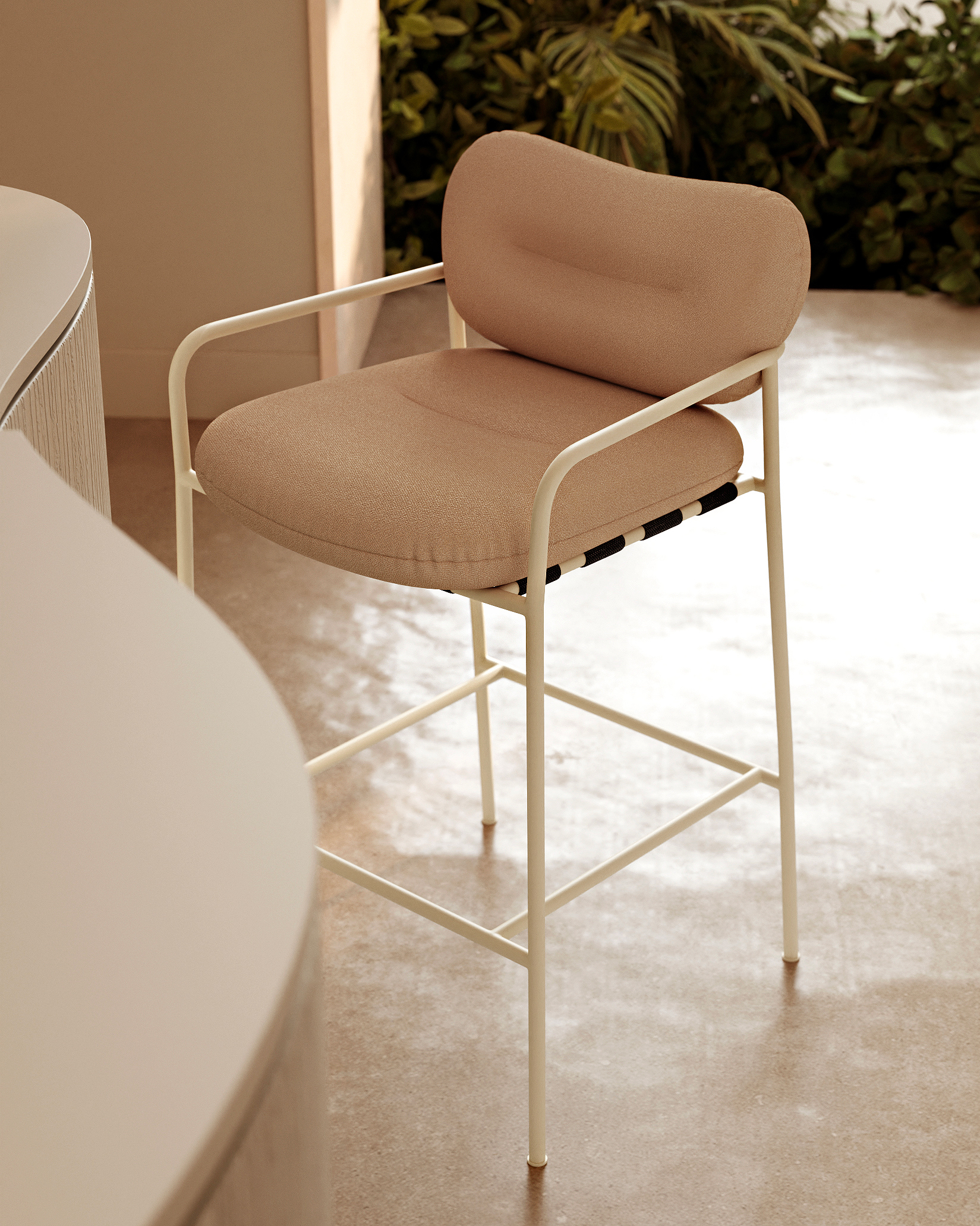
Photo courtesy of Fogia
← Bollo Barstool, Fogia
In 2016 the Bollo armchair was created for Fogia by Norwegian designer Andreas Engesvik, inspired by the tubular frames of mid-century modern lounge furniture. Conceptualized as slim, modest, and distinctly Scandinavian, Bollo actualized as a roomy and well-cushioned lounge chair. In 2023 Andreas and Fogia teamed up again to transform Bollo into a barstool with the same comfort and base of clean lines.
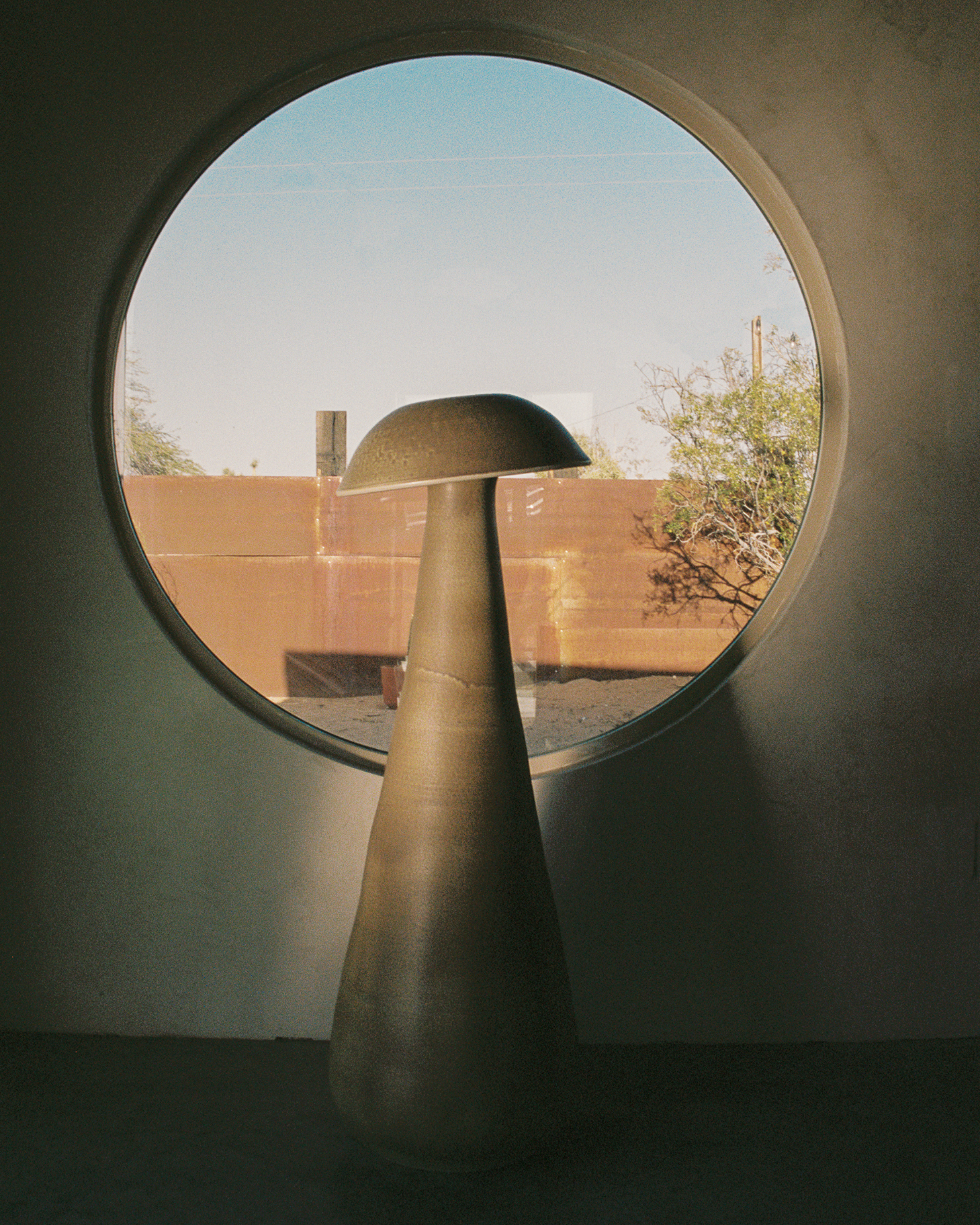
Photo courtesy of Alexandra Isabella
← Mushroom Floor Lamp, Nicholas Bijan Pourfard
San Diego-based designer Nick Pourffard ideated the sensuous, hand-thrown ceramic Mushroom Lamp in his notes app. “The goal was to use no additional hardware to facilitate the shade or the articulation. I came up with this form-relationship to help the base and shade move with each other and realized I was drawing heavily from nature and mushrooms,” Nick says. He collaborated with a potter in San Francisco to realize the design. $850
→ Relevo Rug, Muuto
Milan-based multidisciplinary studio Studiopepe designed Muuto’s first piled rug not for the eye, but for the foot. The design’s curving rows of pile take a cue from land art from the ’60s and ’70s, where artists like Richard Long painted in lines of soil. The tactile tufting is consciously designed for the foot. “We imagined the feeling of walking barefoot in the grass or sand, aspiring to re-create that nice sensation of the feet in Relevo’s furrows. You can discover the piece through the body,” says Studiopepe’s Chiara di Pinto.
Starts at $1,549
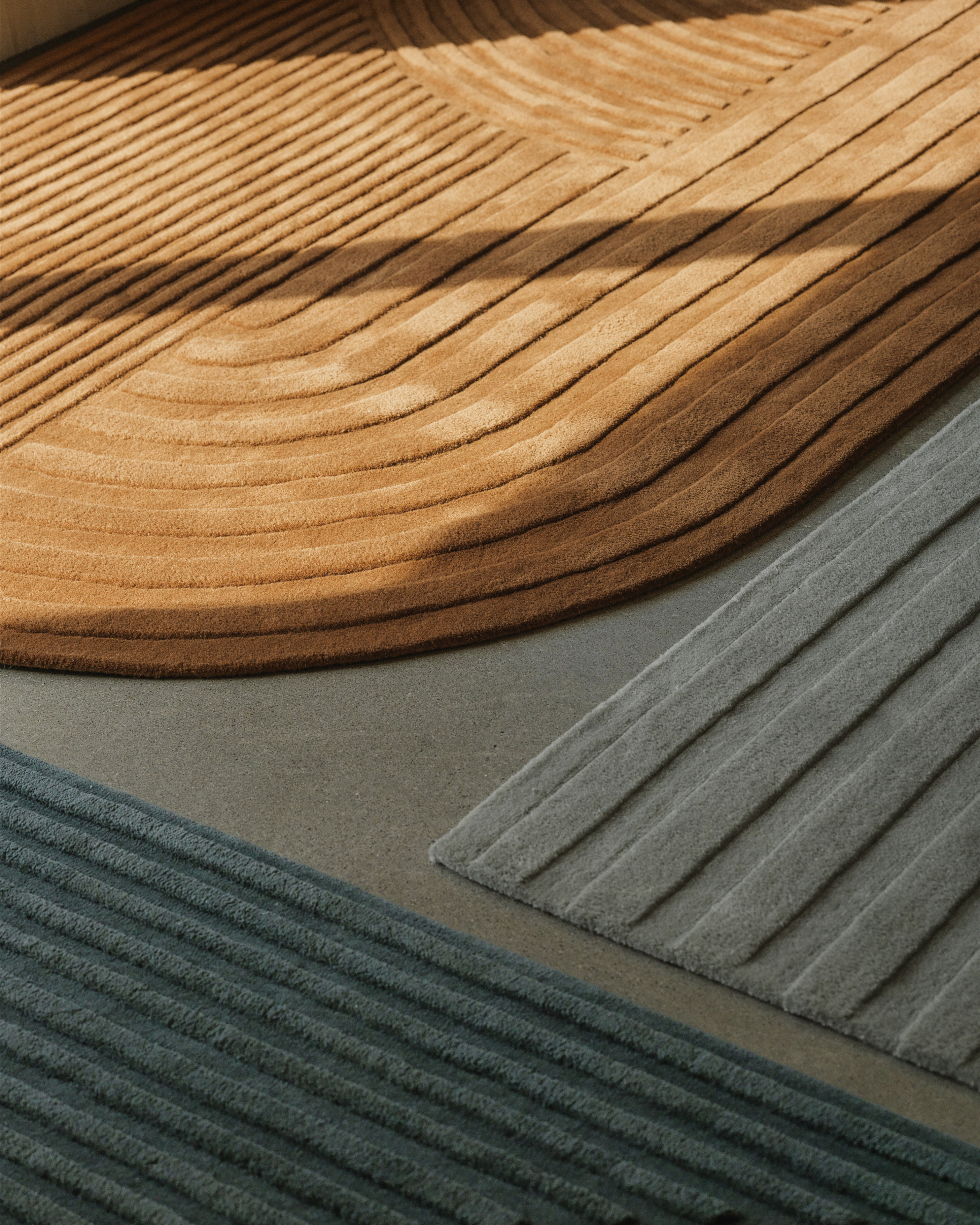
Photo courtesy of Muuto
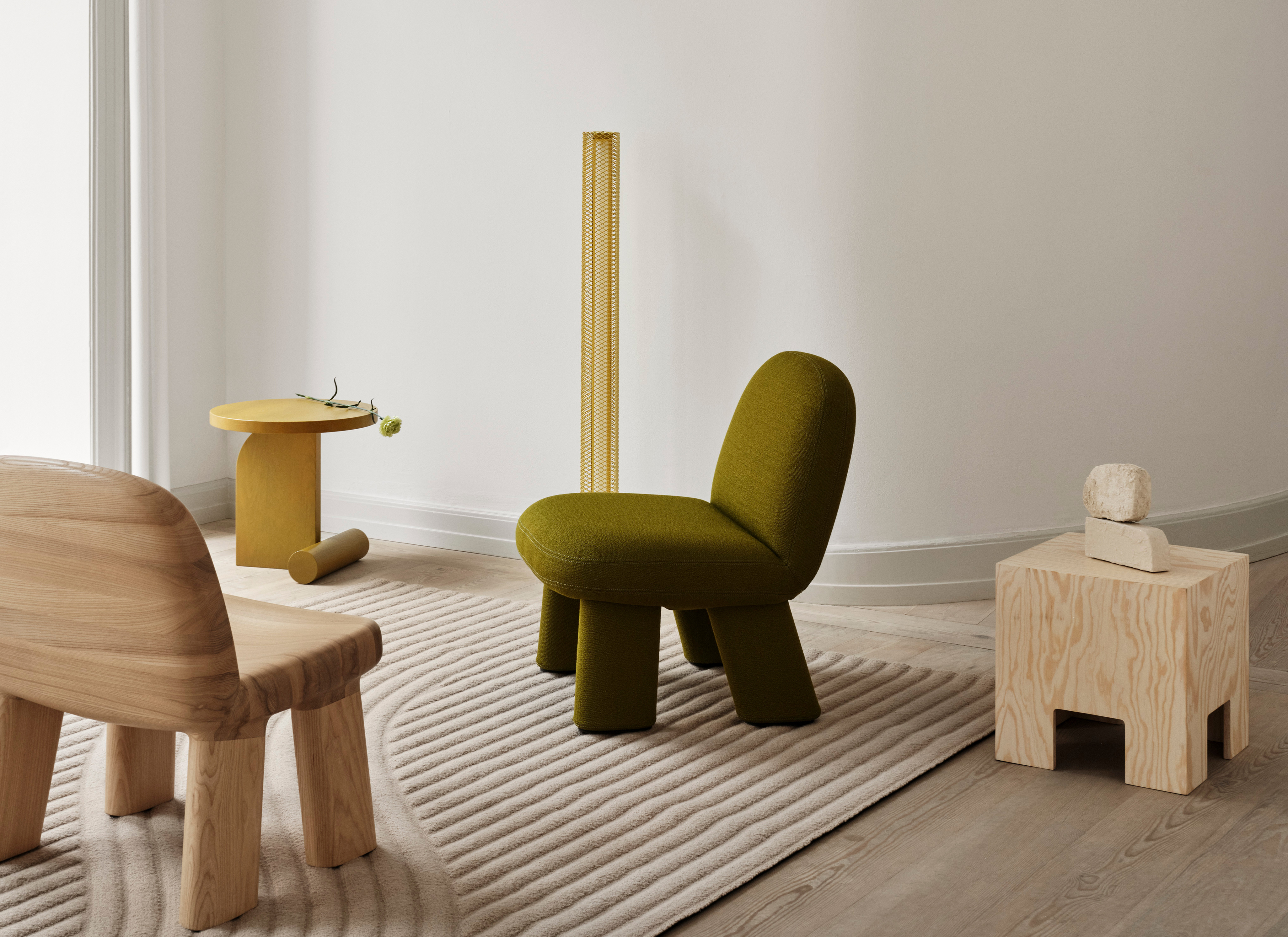
Photo courtesy of Blå Station
← Max Armchair, Blå Station
Johan Ansander’s Max armchair for Blå Station looks ready to speak or leap into action with its curved seat and thick, rounded legs. The upholstered chair is an extension of Johan’s Maximus armchair, a wooden version of the same form that he designed in 2020. Max maintains the same “comic strip furniture” silhouette and lively feel but is decked out with springs, foam, and upholstery that invite the body’s weight.
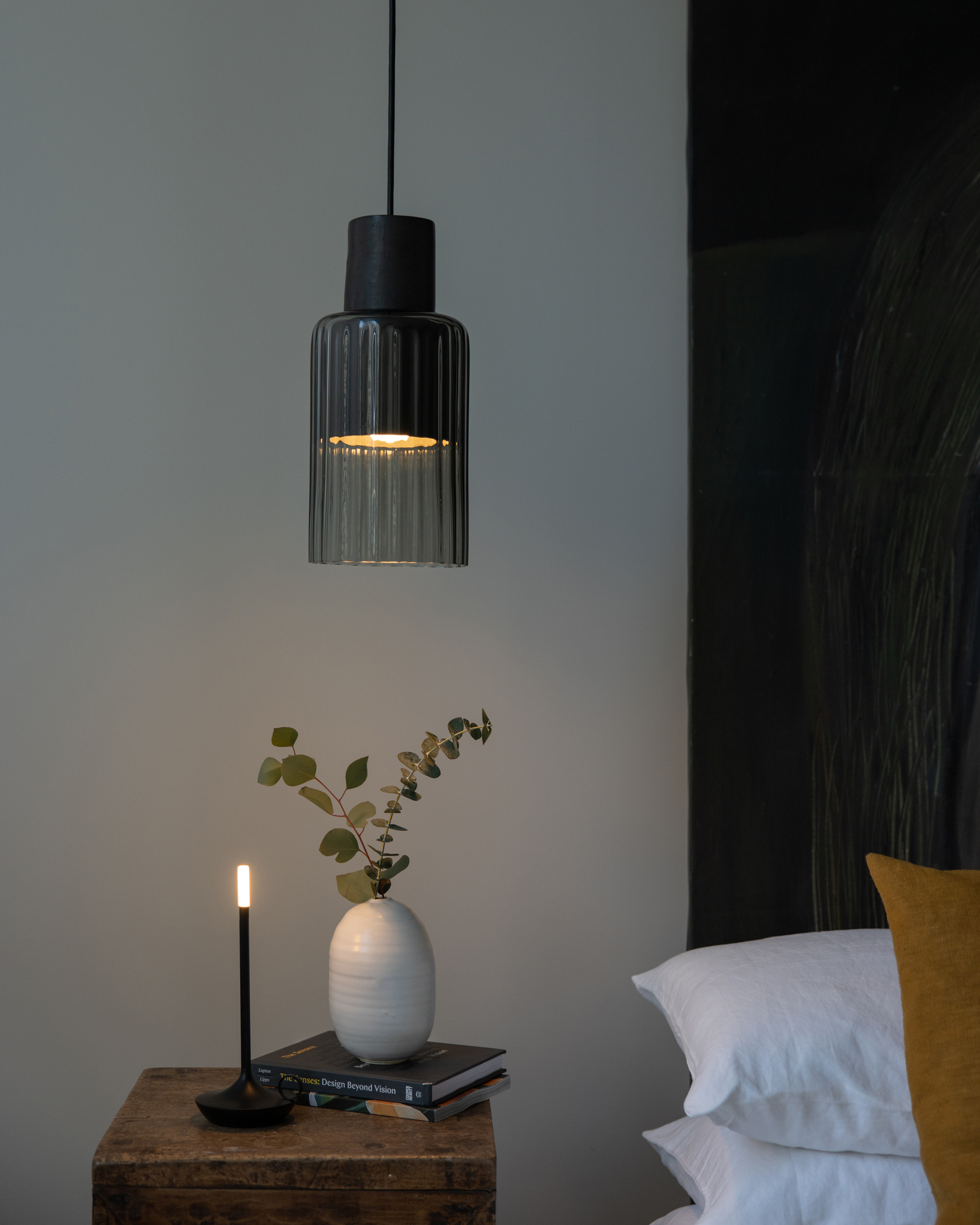
Photo by Adam Joseph Wells
← Barro, Graypants
Peruvian designer Caterina Moretti, founder of Peca Studio, worked with Graypants to design the Barro pendant light as a love story to her now-home Mexico, combining traditional handcrafting practices and contemporary style. Barro is made of Oaxaca itself, the earth transformed by hand through ancient, regional processes to create a smooth column that encircles the light source. A glass-blown shade casts undulating waves across the clay core, creating motion and giving the light a seductive aura. $1,100
→ Sling Lounge Chair, Takt
Sam Hecht and Kim Colin designed the Sling Lounge Chair with only four screws. The chair is made for “lighter living” and the modern, casual lifestyle. Youthful, lightweight, and low-slung, Sling is the carrier of total relaxation and ease. The nude colors of its rigid wooden legs and swooping seat reflect its aim to fit into our lives as seamlessly as possible, suiting our spaces as easily as our spines. €819
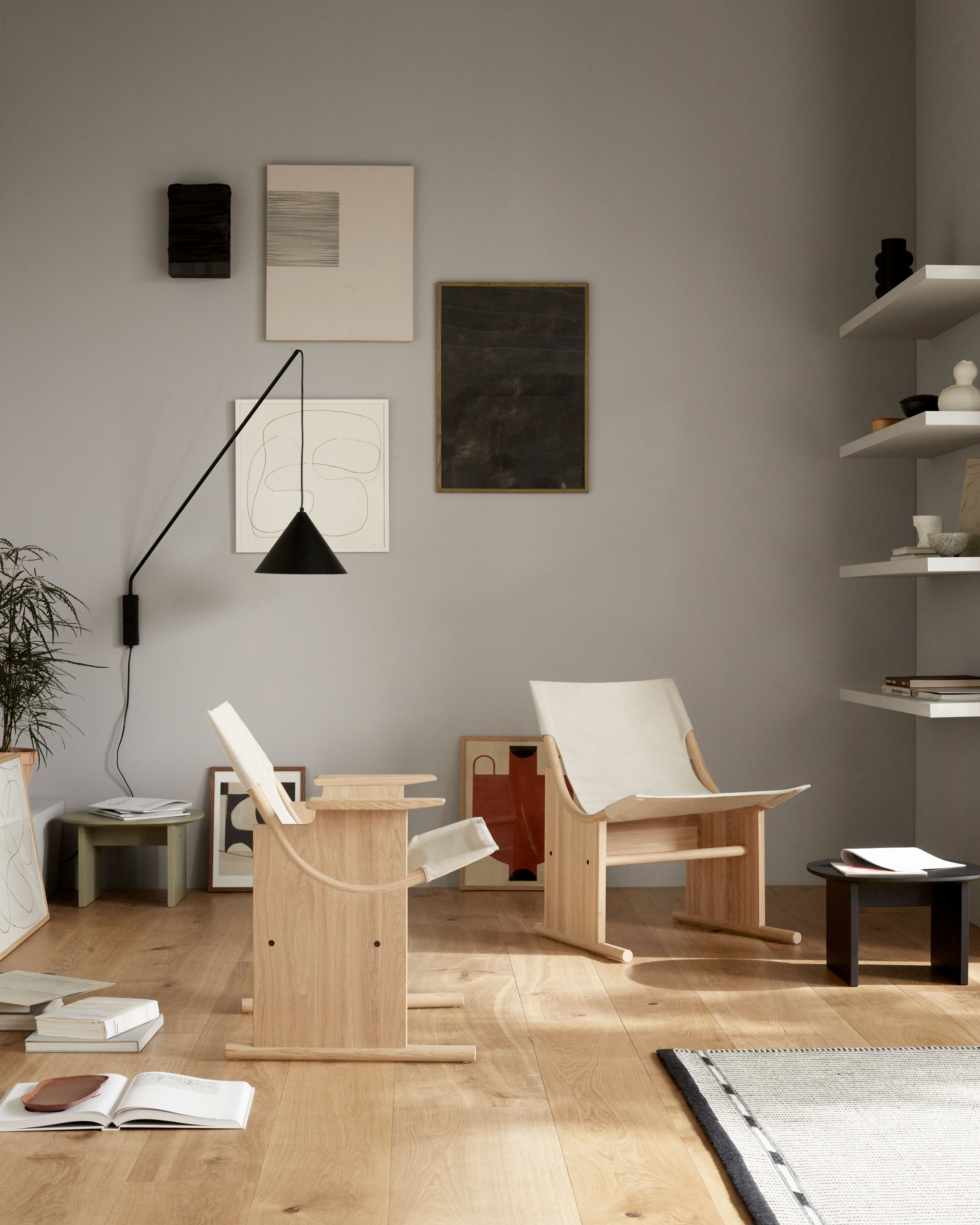
Photo courtesy of Takt
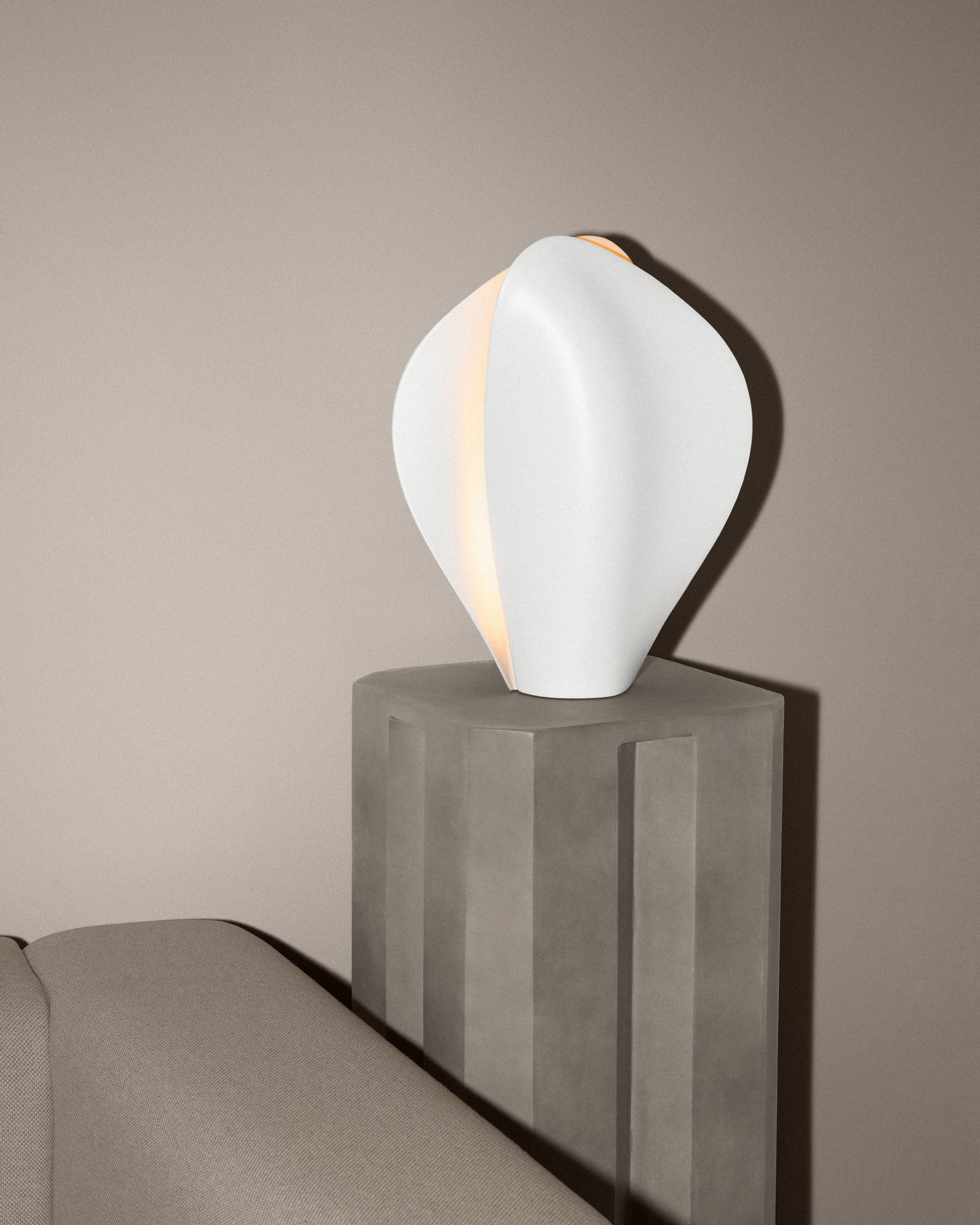
Photo courtesy of Gantri
← Cerra Table Light, Gantri
The natural world is full of soft curves along which light gradually transitions to shadow—think of the curve of the neck or the swell of a seashell. In natural curvatures, American designer Bradley Bowers found inspiration for the Cerra Collection: a voluptuous light diffuser made using Gantri’s additive method of 3D printing. “I wanted to make sure that whether they were turned on or off, each piece in the collection would be striking so when they transition from off to on they become another object completely,” Bradley says. $198
→ Plusminus, Vibia
Plusminus is a lighting toolkit by German designer Stefan Diez for Vibia. The system offers endless configurability thanks to a conductive textile ribbon that allows for free placement of the light sources. The conductive belts create swooping or straight lines, slung across ceilings or draped to the floor. Every decision and feature of Plusminus can be traced to Stefan’s 10 circular guidelines: the system’s adjustability, individually replaceable and reparable parts, and minimalist design all allow for a conscious, long life.
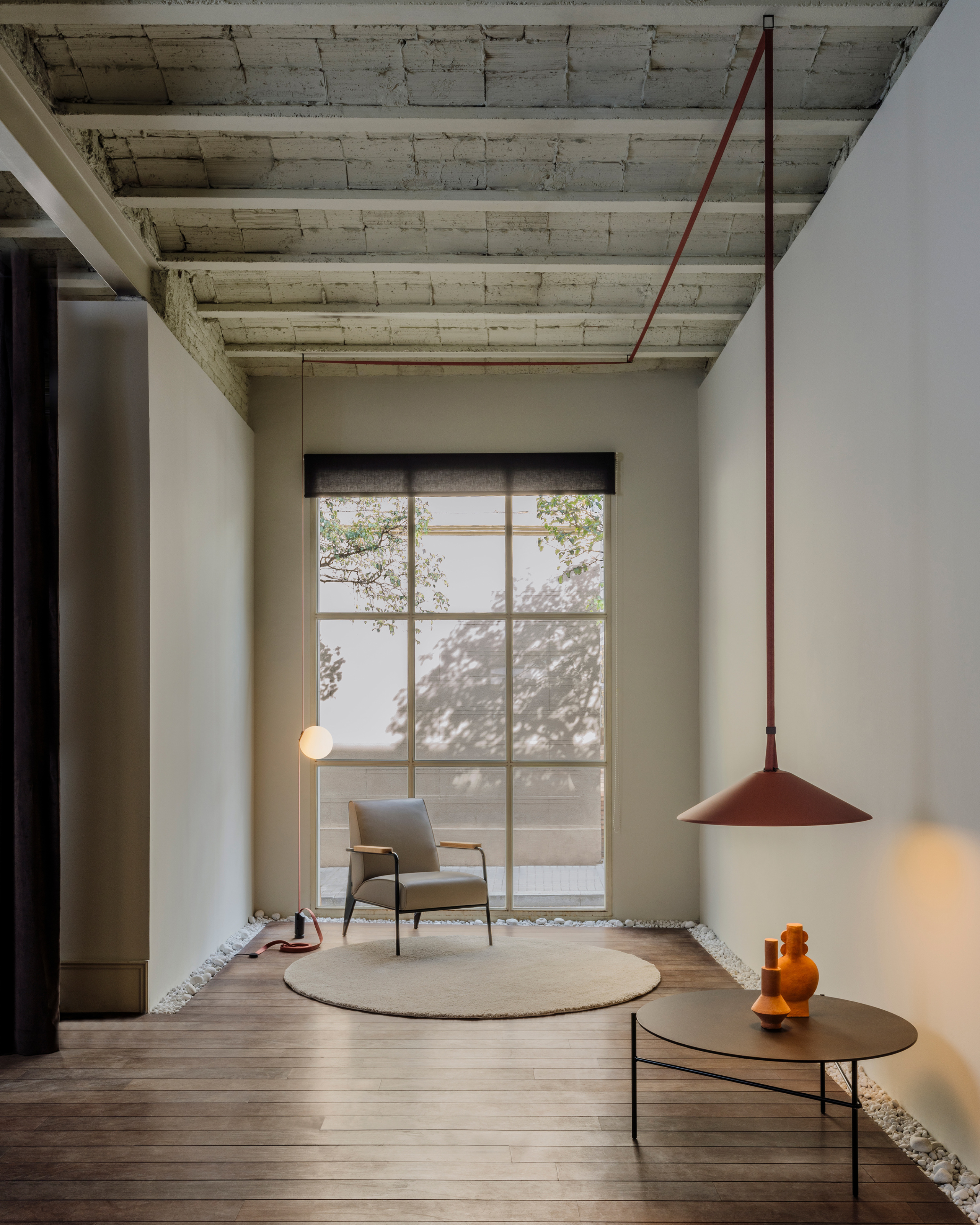
Photo courtesy of Vibia
→ All Hands, Nordic Knots
Designer Giancarlo Valle reinterprets Scandinavian rug-making with Nordic Knots through the lens of the saturated, hand-painted surroundings of his upbringing in South America. “This collection was a chance for me to explore something very personal—to reconnect with the idea of painting and sketching from my childhood,” he says. All Hands’ reaching fingertips and the hand-sketched motifs of its partner rugs, Buds and Loops, all spawned from Giancarlo’s own gentle touch as he reconnected with his childhood. Starts at $995
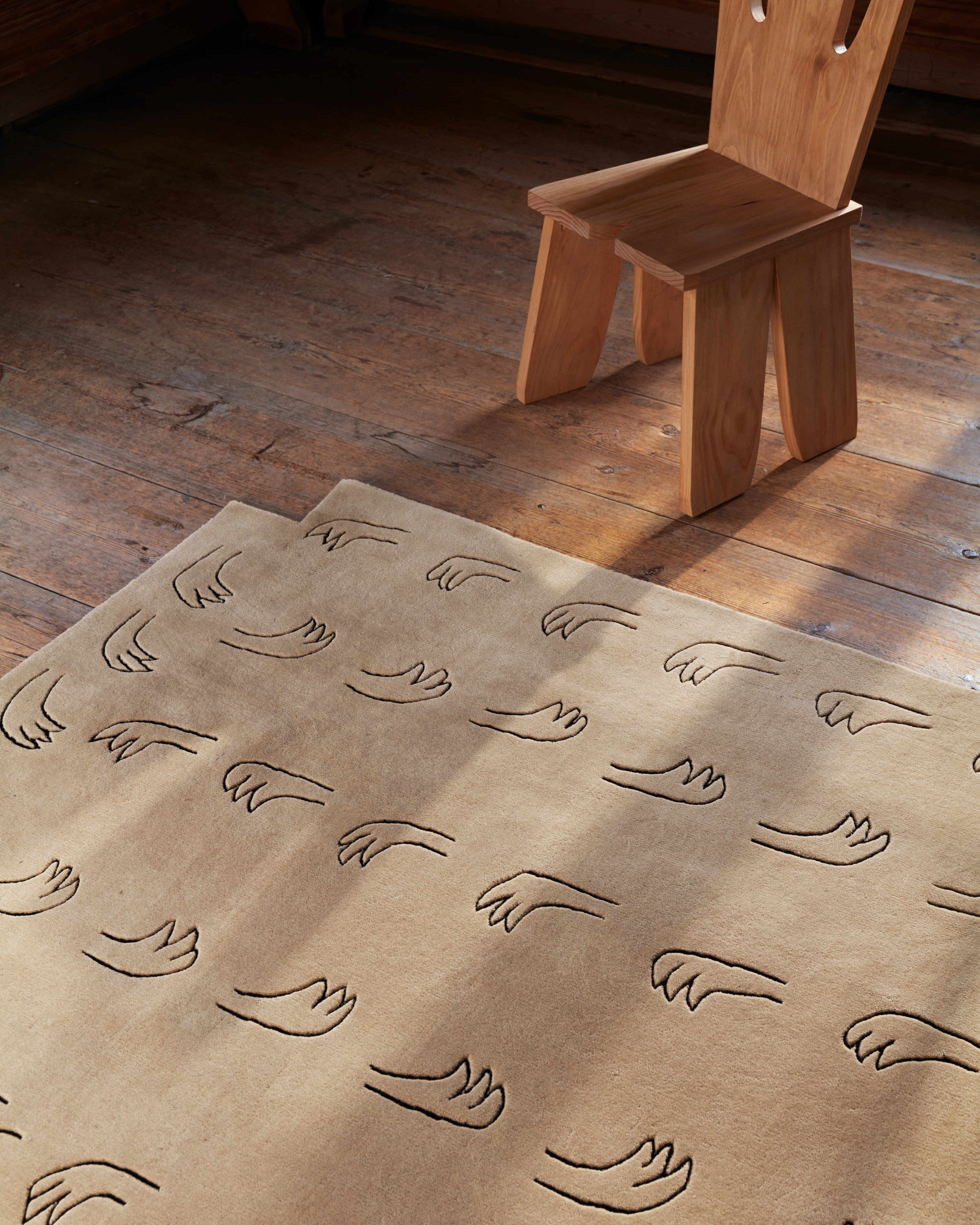
Photo courtesy of Nordic Knots/Magnus Mårding
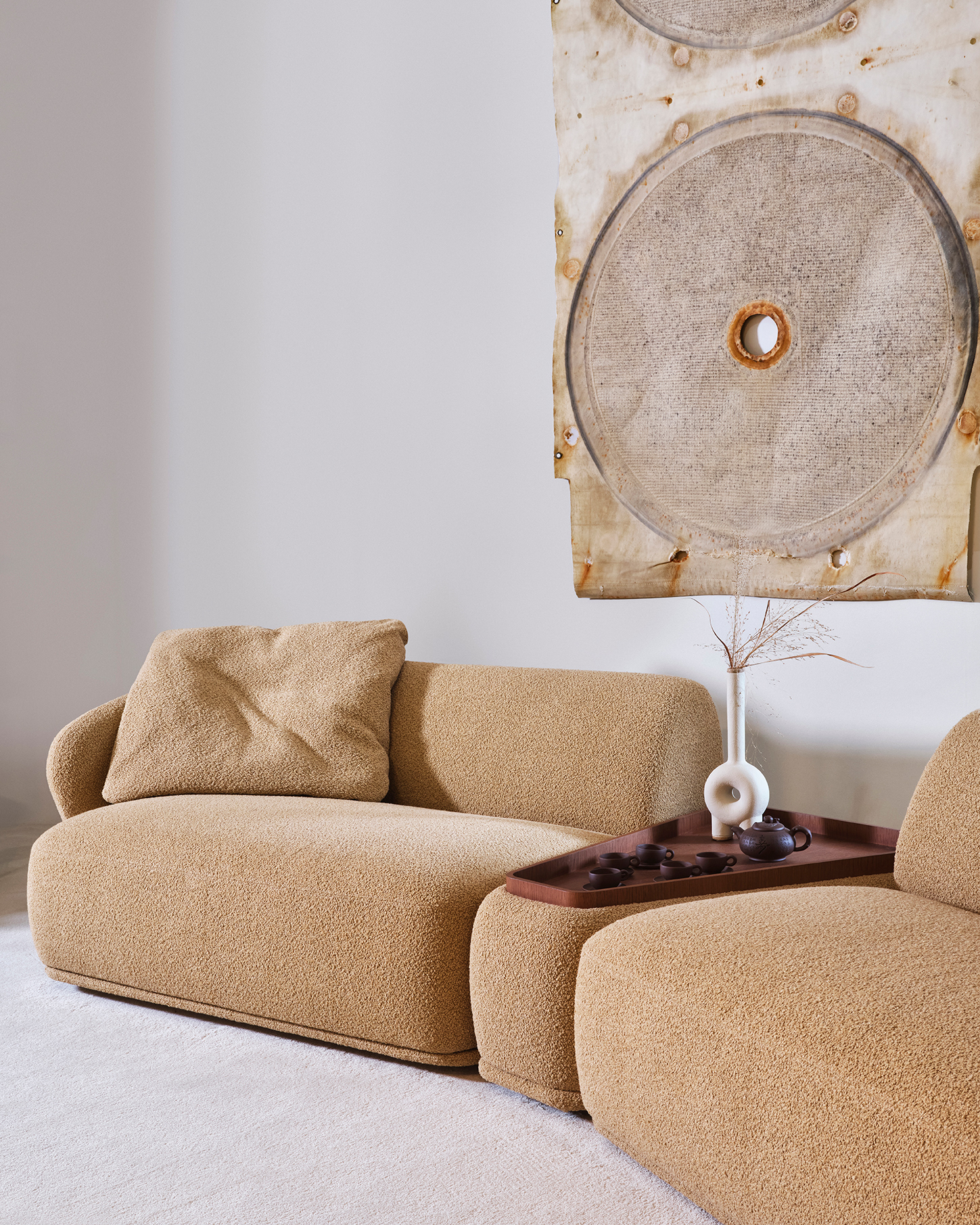
Photo courtesy of Meridiani
← René Sofa, Meridiani
The René Sofa from Meridiani is a modular sofa consisting of elements linked by their expressive curving lines. Meridiani’s art director, Andrea Parisio, interprets the home (abitare means “inhabit” in Italian) as a dress (abito means “clothing” in Italian) to wear. Thus the home is both an expression of personal style and an envelope that encompasses life itself. In the case of the swelling and meandering René sofa, the design takes cues not just from the dress but also from the body that wears it.
→ Sacha Chair, Resident
British-Canadian designer Philippe Malouin designed the Sacha chair with echoes of the body, but in faint, abstracted geometry that toes the line of brutalism. The fully upholstered chair’s folded backrest is like a chin jutted out with confidence, declaring its presence. Yet its aura of conviction and stubbornness belies its truth—Sacha and its backrest are designed at the ideal angle to support the spine and offer relaxation. $1,850
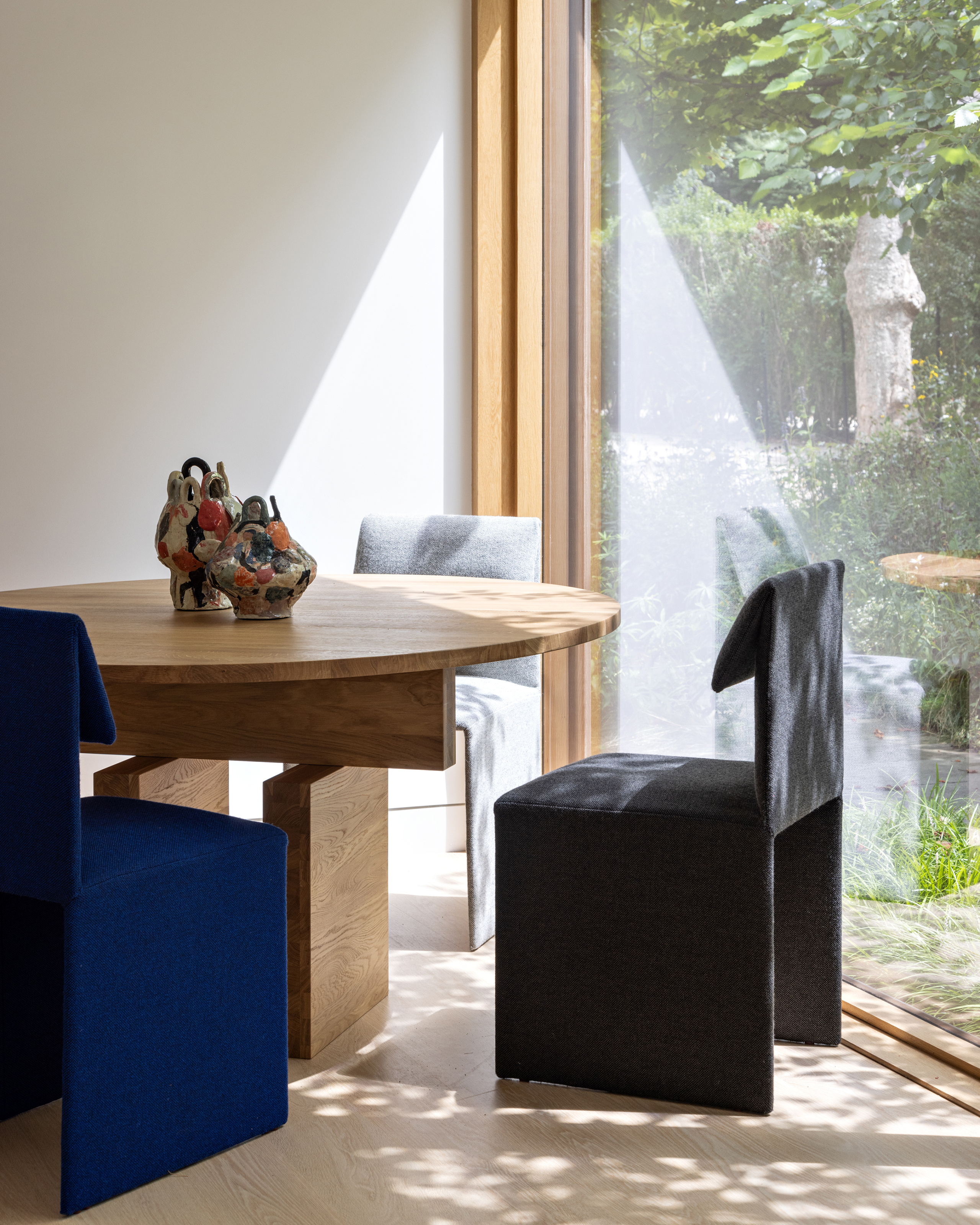
Photo by Fran Parente
A version of this article originally appeared in Sixtysix Issue 10 with the headline “The Beautiful and the Useful.” Subscribe today.

